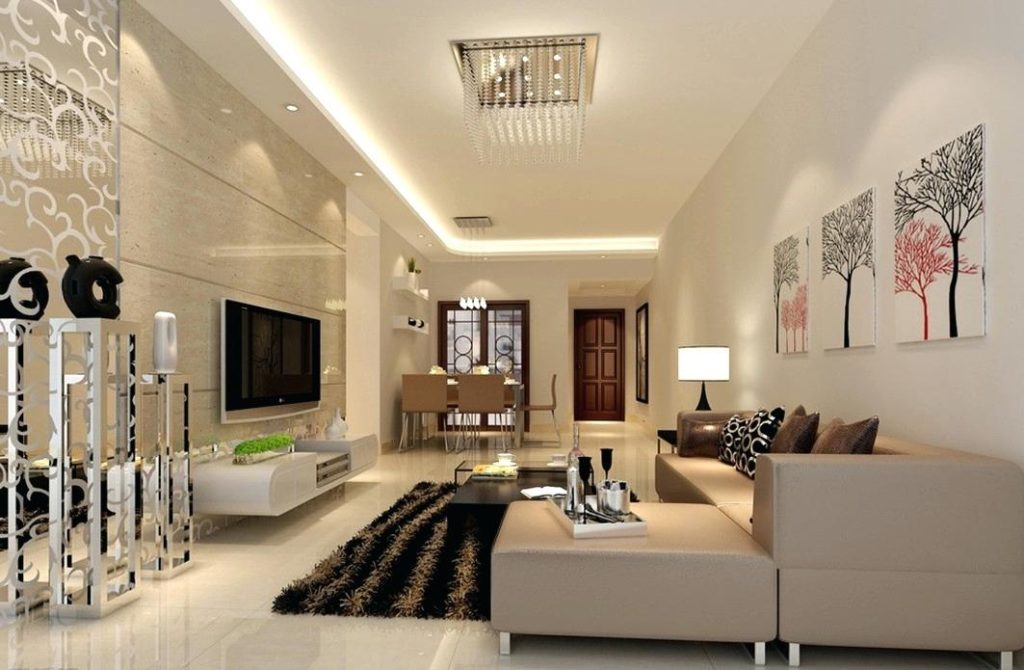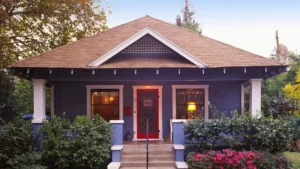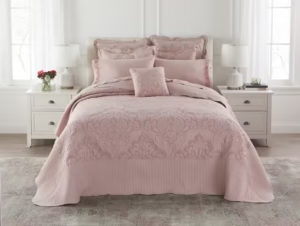Imagine coming home after a long day and flicking on the lights. Soft, warm illumination fills your living room, casting a cozy glow across the furniture. The pendant lights in the kitchen shine brightly over the countertops, giving you the perfect light to prepare dinner, while a dimmable lamp in the bedroom lets you wind down with a soft, calming ambiance. The right lighting can transform a house into a home, setting the mood for every activity and making each space feel just right.
Interior lighting has evolved from purely functional to an essential element of home decor. Today, there is a vast array of lighting options, with different fixtures, bulbs, and technologies designed to enhance every room. In this article, we will explore the various types of interior lights for home use, the impact lighting can have on mood and productivity, and the latest trends in energy-efficient lighting. We will also look at statistics on lighting preferences and how to choose the best lighting for your space.
Why Interior Lighting Matters in the Home
Lighting is about more than just visibility. Studies have shown that lighting is crucial to our well-being, mood, and productivity. According to a report by the American Psychological Association, lighting can affect our mood and cognitive performance. Bright, excellent lighting is linked to increased alertness and focus, making it ideal for task-heavy areas like the kitchen or home office. Meanwhile, warm, dim lighting promotes relaxation, so it is often recommended for bedrooms and living rooms (American Psychological Association, 2020).
85% of people surveyed by the International Association of Lighting Designers (IALD) said lighting made them feel happier and more comfortable in their homes. This statistic highlights how impactful lighting can be in functionality and in creating a positive and welcoming atmosphere.
Different Types of Interior Lighting
When designing a home’s lighting, it is essential to understand the three main types: ambient, task, and accent lighting. Each serves a specific purpose and works best in particular areas of the home.
- Ambient Lighting
Ambient lighting is the general lighting that illuminates the entire room. Its purpose is to provide even lighting across a space so people can see and move around safely. Ambient lighting can come from various sources, such as ceiling fixtures, recessed lights, or wall-mounted sconces. According to Lighting Research Center studies, ambient lighting should be around 20 lumens per square foot in living rooms and bedrooms to create a comfortable, balanced level of light (Lighting Research Center, 2019).
- Task Lighting
Task lighting provides concentrated light for specific activities, like reading, cooking, or working. Examples of task lighting include desk lamps, under-cabinet lighting in kitchens, and vanity lights in bathrooms. Task lighting is typically brighter than ambient lighting and often uses cooler bulbs to improve focus. In a 2022 survey by Houzz, 67% of homeowners who recently remodeled their kitchens added task lighting, particularly under-cabinet LED strips, which are both effective and energy-efficient (Houzz, 2022).
- Accent Lighting
Accent lighting is used to highlight specific features or areas, such as artwork, architectural details, or plants. It is generally less bright than ambient and task lighting but adds depth and character to a room. Accent lighting can be achieved with wall sconces, picture lights, or track lighting. According to the National Association of Home Builders (NAHB), accent lighting is popular among homeowners looking to add a touch of luxury or drama to their spaces, with 52% of luxury home remodels including accent lighting to emphasize design elements (NAHB, 2021).
Types of Light Fixtures and Their Ideal Uses
Numerous types of light fixtures are available, each suited to different purposes and aesthetics. Here is a look at some popular choices and where they work best:
- Ceiling Lights
Ceiling lights are the most common source of ambient lighting. They come in various styles, such as chandeliers, pendant lights, and flush mounts. Pendant lights are trendy for kitchens and dining areas, where they can provide both ambient and task lighting. A survey by Houzz found that in recent renovations, 58% of homeowners opted for pendant lights over kitchen islands (Houzz, 2022).
- Recessed Lighting
Recessed lighting, or “can lights,” is installed directly into the ceiling for a clean, unobtrusive look. These lights are ideal for rooms with low ceilings and are often used in living rooms, kitchens, and bathrooms. According to Statista, recessed lighting installations in U.S. homes have increased by about 15% over the past five years, reflecting its popularity for modern and minimalist designs (Statista, 2023).
- Wall Sconces
Wall sconces are mounted on walls and serve as ambient or accent lighting. They are commonly used in hallways, bathrooms, and beside beds. Sconces add warmth and elegance to a space, and Architectural Digest suggests using them in pairs for symmetry and balanced lighting in areas like living rooms or entryways.
- Floor and Table Lamps
Lamps are one of the most flexible types of lighting. Floor lamps are ideal for adding height to a room and can serve as ambient or task lighting, while table lamps are often used for reading or adding ambiance. The Home Lighting Report by Zillow noted that floor and table lamps are often used as secondary lighting sources, with 73% of homeowners reporting they use them to create “mood lighting” in the evening (Zillow, 2022).
The Rise of Energy-Efficient Lighting
As energy costs rise, energy-efficient lighting solutions are gaining popularity. LED lighting, in particular, has become the go-to choice for eco-conscious homeowners. According to Energy Star, LED bulbs use at least 75% less energy and last up to 25 times longer than traditional incandescent bulbs (Energy Star, 2023). This not only saves on electricity bills but also reduces the environmental impact.
Smart Lighting
Bright lighting is another growing trend in home lighting. Smart bulbs, like those from Philips Hue or LIFX, can be controlled via smartphone apps or voice-activated assistants like Alexa and Google Home. These bulbs often have adjustable brightness and color temperature, allowing homeowners to customize their lighting for different times of day or activities. Statista reports that the global intelligent lighting market is expected to grow by 21.6% annually through 2026, driven by increased interest in home automation (Statista, 2023).
How to Choose the Right Lighting for Each Room
Choosing the proper lighting involves considering the function and feel of each room. Here are some guidelines for different areas of the home:
Living Room
The living room is often a relaxation, entertainment, and socializing space. Layered lighting—using a combination of ambient, task, and accent lighting—is ideal here. Start with a ceiling fixture for general light, then add floor lamps or table lamps for reading and accent lights to highlight artwork or decor.
Kitchen
Bright, focused lighting is essential in the kitchen for tasks like cooking and food preparation. Under-cabinet lighting and pendant lights over the island are popular choices for task lighting, while recessed ceiling lights provide even ambient light. The National Kitchen and Bath Association recommends using 4000K-5000K LEDs in the kitchen for optimal brightness and focus (NKBA, 2023).
Bedroom
For the bedroom, opt for softer, warmer lighting that promotes relaxation. Bedside lamps or wall-mounted sconces are excellent for reading, while a dimmable ceiling fixture allows you to adjust the brightness as needed. Studies suggest using warm-colored bulbs (2700K-3000K) in the bedroom to support better sleep quality, as cooler tones can be too stimulating (Harvard Health, 2022).
Conclusion
Interior lighting is one of the most impactful elements of home design. The proper lighting not only enhances the look of each room but also plays a critical role in mood, productivity, and energy efficiency. From ambient to task and accent lighting, a well-thought-out lighting plan can transform any space, making it functional, comfortable, and inviting.
With a wide array of energy-efficient and smart lighting options available today, homeowners have more control than ever over how they light their spaces. Whether aiming for a cozy, relaxing bedroom or a bright, productive kitchen, understanding the basics of lighting can help you make choices that meet aesthetic and practical needs. Investing in the right interior lighting can create a home that feels warm, welcoming, and uniquely yours.






